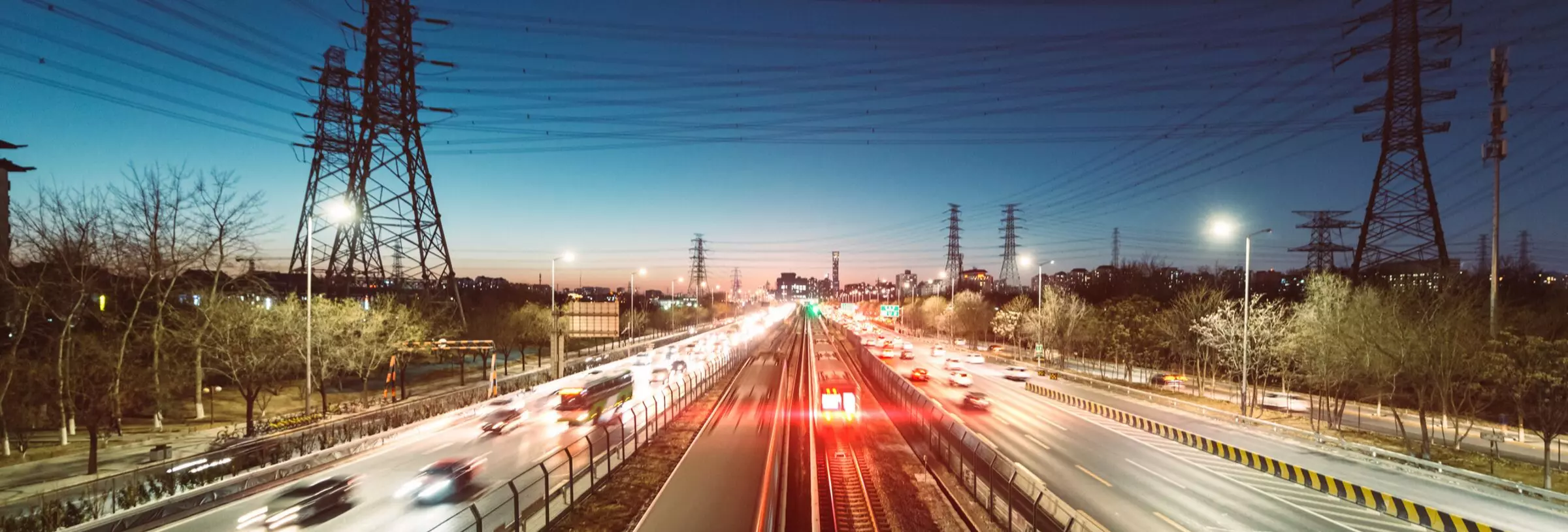Following the 2005 Kelo decision, California enacted a number of modest eminent domain reforms. For eminent domain attorneys, the most significant changes arguably came in the procedures for obtaining prejudgment possession. This can be a major issue on large public improvement projects, as construction schedules and funding commitments are often tied to the date on which the condemning agency secures possession of the property needed for the project.
The new laws both (1) shift the balance of power somewhat away from the agency and towards the property owner, and (2) extend the amount of time it takes to secure prejudgment possession.
Since these rules were adopted, there have been few, if any, published decisions on how the new rules should be implemented. On March 29, 2013, the Court in Lake County Sanitation Dist. v. Choy addressed at least one key possession issue: whether the trial court's decision to grant the agency prejudgment possession is appealable.
First, it is important to note that this is NOT a published decision. This means that it is generally not citable as precedent in other cases. Thus, while it tells us a bit about how at least one three-judge panel views this issue, it does not necessarily tell us where the law will eventually settle.
Turning to the decision, the actual issue before the Court was whether the trial court's order granting the agency prejudgment possession qualified as an appealable order, or whether a property owner seeking to challenge such an order had to follow the much-less-likely-to-succeed writ procedure.
The Court walked through the law on appealable orders, and quickly concluded that the appeal was neither (1) from a final judgment, (2) from a post-judgment order, nor (3) from one of a few specifically enumerated other appealable orders set forth in Code of Civil Procedure section 904.1. The bottom line: the owner's appeal was improper and should be dismissed.
There were a few other interesting issues raised by the Choy case, though they were not issues in the Court of Appeal.
The case involved a part take of a driveway and parking area. One question that often arises in such situations is whether the part taken is considered "occupied." In Choy, the larger parcel was clearly occupied, but did that mean that the driveway and parking areas -- which contained no physical structures -- also qualified as "occupied"?
The difference is one of timing and service. A possession motion for unoccupied property can be set for hearing on 60 days' notice after serving the record owner, while a motion for occupied property must be made on at least 90 days' notice after serving the record owner and all occupants. In addition, the possession order for unoccupied property takes effect 10 days after service of the order, while an order for occupied property takes effect 30 days after service. The net result is that an agency can obtain possession of unoccupied property 50 days quicker than it can for occupied property.
In Choy, the agency took the position that the part taken was unoccupied, setting the hearing on the motion for just over 60 days after service. While the Court of Appeal decision does not discuss the propriety of this position, the trial court apparently had no difficulty with it, since it granted the motion. (Of course, the fact that the owner did not argue that the notice was insufficient may have played a role here as well.)
Second, the law states that an owner has 30 days to oppose a motion for possession. The question then becomes what happens when an owner files no such opposition? Can the agency get its possession order signed early, following the expiration of the 30 days, or must it wait for the formal hearing date, which is likely another 30 to 60 days out?
In Choy, the owner did not file an opposition within 30 days. The agency then filed an "application" to get its order signed once the 30 days lapsed, and the trial court signed the order two days later -- more than a month before the date initially set for the hearing.
Again, the Court of Appeal did not analyze this issue or condone the agency's approach, but the trial court obviously approved and had no trouble signing the order well before the formal hearing date.
In the end, the case provides some clues as to how these issues may play out in the future, but until we have a published decision, it remains too early to tell whether these methods will always be successful or unsuccessful. My guess is that the Choy court got its actual holding right: a trial court's decision on a motion for prejudgment possession does not qualify as an appealable order.
As for treating an arguably unoccupied portion of an occupied larger parcel as unoccupied for purposes of setting the hearing, I think this remains an open question. Similarly, I think it remains an open question whether an owner's failure to file an opposition within 30 days entitles the agency to obtain its order early.
My advice to agencies? If the timing is crucial and you will likely lose funding or face increased construction costs, take a shot at either or both of the time-saving strategies employed in Choy. But if timing is not so crucial, it's safer to take the conservative route, treating even arguably unoccupied part takes as occupied, and waiting until the actual hearing date to seek your order. That extra time could well mean an unopposed motion that takes a bit longer but costs a lot less (and has much less risk).
My advice to owners? Don't take the agency's word for it if it claims a part take warrants using the unoccupied timing, and don't assume that you will have all the time provided for in the notice if you don't object. This is particularly true where the reason for not objecting is because the time before the order is projected to become effective is enough to make any arrangements to accommodate the taking. In such cases, an objection just to note that the order should not be granted early would be a wise move.
- Partner
Rick Rayl is an experienced litigator on a broad range of complex civil litigation issues. His practice is concentrated primarily on eminent domain, inverse condemnation and other real-estate-valuation disputes. His public ...
Eminent Domain Report is a one-stop resource for everything new and noteworthy in eminent domain. We cover all aspects of eminent domain, including condemnation, inverse condemnation and regulatory takings. We also keep track of current cases, project announcements, budget issues, legislative reform efforts and report on all major eminent domain conferences and seminars in the United States.
Stay Connected
 RSS Feed
RSS Feed
Categories
- Administration
- Appraisal
- California
- CLIMATE CHANGE
- CONGRESS
- Construction
- Court Decisions
- EPA
- Events
- Goodwill
- GOVERNMENT ADMINISTRATION
- Inverse Condemnation & Regulatory Takings
- Lawsuit
- New Legislation
- Possession
- Projects
- Public Agency Law
- Publications
- Redevelopment
- Regulatory Reform and Proposed Rules
- Right to Take
- Right-of-Way
- Seminars
- Speaking Engagements and Presentations
- trial
- Valuation
- Videos
- Water

